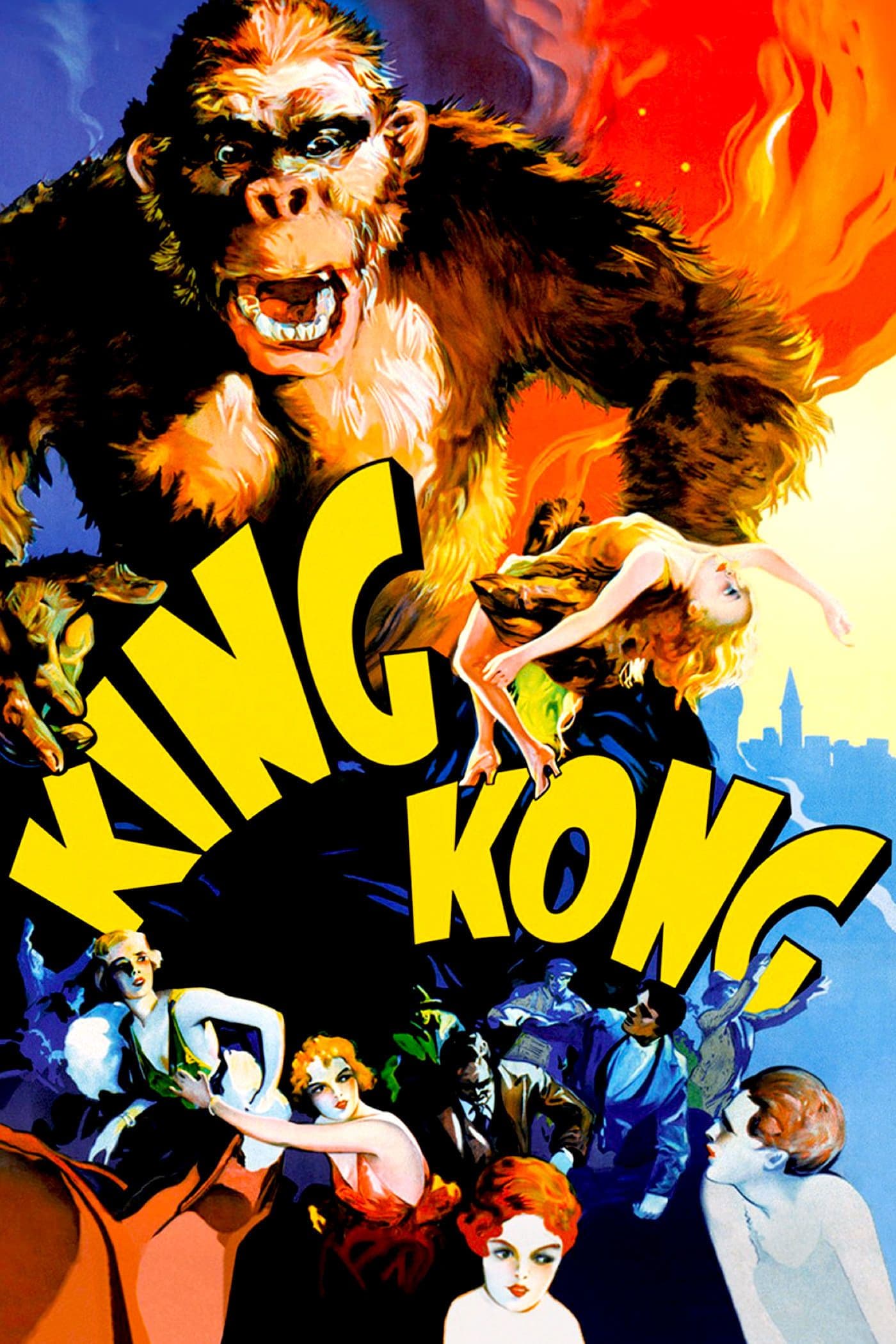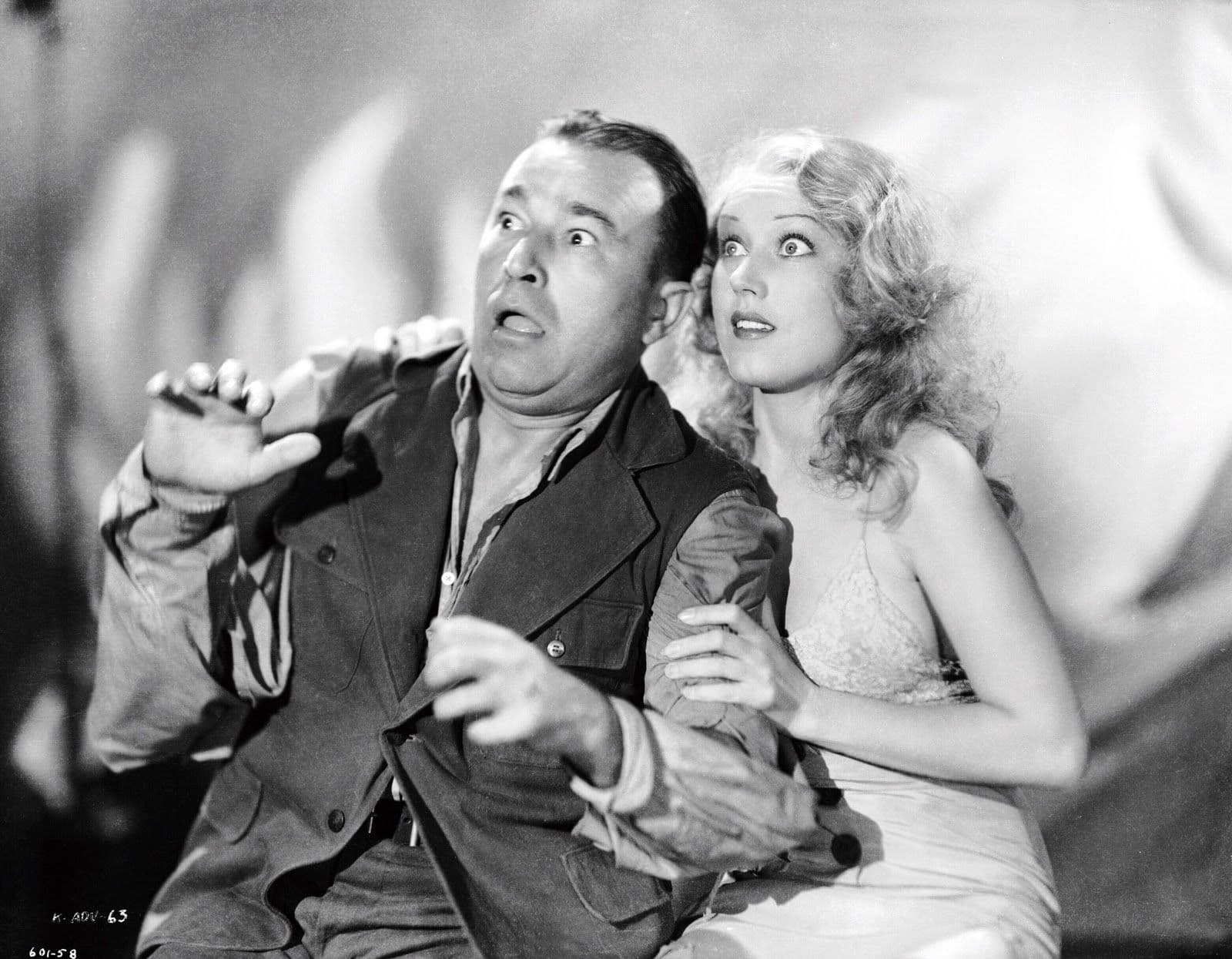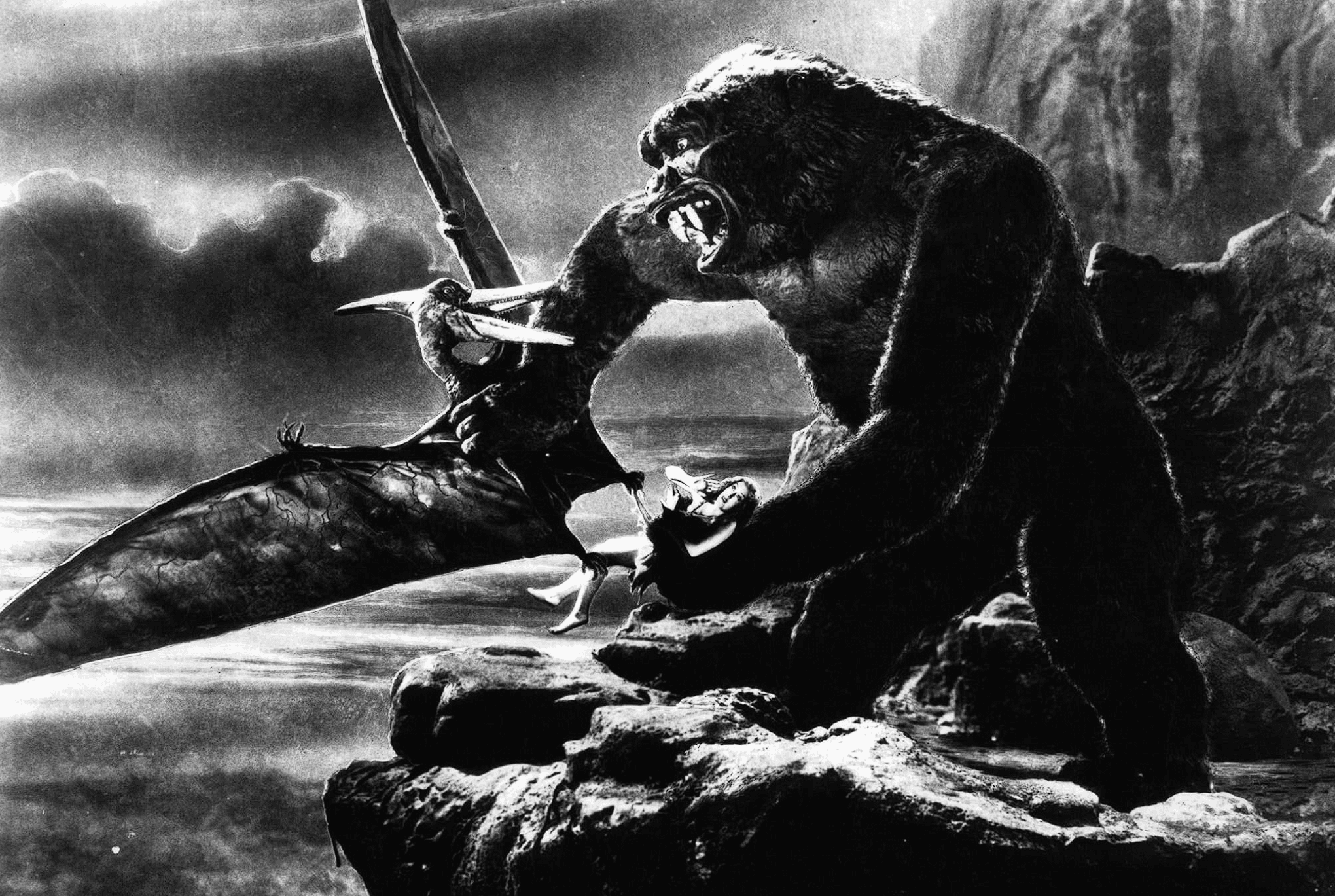
King Kong
1933
Rate this movie
Average: 0.00 / 5
(0 votes)
Directors
A film that was both a culmination and a realization: the Hollywood industry realized it could produce blockbusters appreciated by the general public and that could simultaneously generate large-scale profits. A factor that meant business, investments, and credibility for a sector almost in its infancy. The project for this film, quite troubled in its gestation, finally secured the capital for its realization, although the plot instilled some fear in the producers. King Kong can be read as a critique of modern society, which exploits and destroys nature for its own purposes. Kong's capture and his exhibition as a freak show attraction represent man's desire to dominate and control everything, even what is wild and uncontrollable. Kong is not merely a ferocious beast, but a complex character, with emotions and feelings. The film explores his loneliness, his rage, his love for Ann, giving the monster a tragic and human dimension. Like Prometheus, who stole fire from the gods to give it to humans, Kong challenges the natural order by abducting Ann Darrow and bringing her into his wild kingdom. Both are punished for their transgression, but their actions raise questions about the relationship between man and deity, between nature and civilization.
The narrative follows the events of a film crew that travels to a mysterious island to shoot a film. There they discover the existence of King Kong, a gigantic gorilla worshipped by the natives as a deity. Kong abducts Ann Darrow, the film's protagonist, and takes her to his lair atop a mountain. The crew, with the help of Jack Driscoll, a sailor in love with Ann, tracks down Kong, who is captured and brought to New York to be exhibited as a freak show attraction. But Kong, feeling trapped and humiliated, breaks free and wreaks havoc in the city, culminating in his tragic climb of the Empire State Building.
The technique used in this film to make the monster's size believable and to make it interact with the surrounding environment is perhaps the most revolutionary and innovative aspect of the work. Willis O'Brien, a pioneer of stop-motion animation, led the special effects team, developing and perfecting methods that influenced fantasy cinema for decades. Stop-motion animation, already used in previous films like Hoyt's The Lost World (1925), consisted of photographing a miniature model of Kong, moving it slightly between each shot. Repeating this process thousands of times created the illusion of movement. Kong's models were built with an articulated metal skeleton, covered with foam rubber, latex, and fur. This allowed for the creation of fluid and realistic movements. To make Kong interact with the surrounding environment, detailed miniatures of the settings were built, such as the island jungle and the New York skyscrapers. The scaled reconstructions of urban elements may seem amusing today, but one should consider the innovation for that era and the revolutionary scope of this new craftsmanship and its influence on the history of special effects, consider Star Wars, for example. Rear Projection: this technique, which consisted of projecting background images onto a screen positioned behind the actors, was used to create the illusion that Kong was moving in real environments. O'Brien then developed a special crane, called the "Dunstable crane," which allowed the camera to move smoothly and precisely, creating the illusion that Kong was truly gigantic. Ultimately, the set was a diligent forge of cutting-edge technicalities for its time, but also a fertile laboratory of creativity where techniques that are still a benchmark in the special effects sector today were literally conceived and put into practice. A legacy that would soon become invaluable for all Cinema to come.
Country
Gallery






Comments
Loading comments...